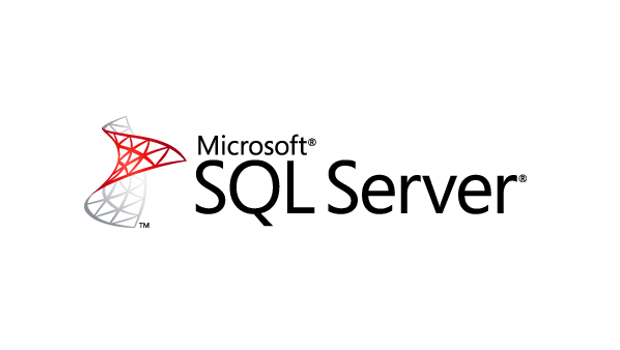Microsoft has announced the final details for its SQL Server 2016 launch, which should hit general availability within the next three months.
Speaking to TechPro, Art Coughlan, business group lead, Cloud and Enterprise, Microsoft Ireland, said the release was all about “giving people the choice” to do what they wanted, as, unlike competitors, SQL Server 2016 provides “everything in the box”.
This approach of providing all major features and capabilities ‘in the box’ instead of as individually licensed modules, combined with the somewhat shock announcement of SQL Server on Linux for next year, is a key differentiator, says Coughlan, that makes SQL Server a more complete solution, with lower total cost of ownership (TCO) than competitors.
Industry leader
This is all supported by Gartner analysis that puts SQL Server as the industry leader in its Mission Critical Online Transaction Processing (OLTP) Magic Quadrant, as well as most secure database for the sixth year in a row according to NIST, with independent recognition for data warehouse performance, end to end mobile business intelligence on any device and in-database advanced analytics.
SQL Server 2016, said Coughlan, shares elements of its codebase with the instances of SQL Server that are already running on the Azure cloud platform, ensuring it is well tested in terms of reliability, security and scalability, as well as permutations of usage and deployment.
Microsoft says that SQL Server 2016 delivers breakthrough mission-critical capabilities in scalability, performance, and availability for the most important OLTP and data warehousing workloads. It can scale up to 12 TB of memory and 640 logical processors with Windows Server 2016, and reach up to 30x faster transactions and 100x faster queries with enhanced in-memory performance. It can run real-time operational analytics over transactional data, and balance loads across readable secondaries in Always On availability groups.
Layered security
The 2016 version enjoys a multi-layered approach to security that Microsoft says has a proven track record of producing the least vulnerable database, even while being the most widely-used database on the planet. It can protect data at rest and in motion with TDE and new Always Encrypted features. It enables the masking of sensitive data with minimal application impact using Dynamic Data Masking and can grant access based on user characteristics with Row Level Security.
SQL Server 2016 delivers a comprehensive, on-premises, enterprise-ready BI platform that helps to transform complex data into actionable insights. It allows users to create modern reports and visualise dense data with additional chart types, and access KPIs and mobile and paginated reports using the SQL Server Reporting Services web portal. Users can get faster SQL Server Analysis Services performance with parallel processing, with enhanced multidimensional models in SQL Server Analysis Services. There is also easy set-up of SQL Server Data Tools Preview in Visual Studio 2015.
Analytics built in
Built-in advanced analytics provide scalability and performance for building and running advanced analytics algorithms directly in the core SQL Server transactional database. Users can transform complex data from multiple sources into trusted data models using the most popular statistical modelling language, as well as process analytics in-place, reducing latencies and operational costs. Models can be written-up once and then deployed anywhere from in-database to the cloud, or to Linux, Hadoop, and Teradata. There is access to thousands of R Scripts and Models in Common R Archival Network (CRAN).
A consistent user experience is provided across on-premises and cloud deployments, as it can now dynamically stretch ‘warm’ and ‘cold data’ to Azure with Stretch Database, while with larger Azure virtual machine sizes accommodate more mission-critical workloads. Users can leverage cloud-first features, tested by millions of Azure databases, while employing existing skills with common development and management tools and common T-SQL everywhere.
Migration and training cost offer
As if this were not a compelling enough proposition, Microsoft is making aggressive moves to drive adoption. Customers currently running applications or workload on non-SQL paid commercial relational database platforms will be able to offset their costs of licensing, migration planning and training if they move to SQL Server, says Microsoft. Customers will be able to migrate their applications to SQL Server without having to purchase SQL Server licenses.
microsoft.com/en-ie/server-cloud/products/sql-server-2016
TechCentral Reporters







Subscribers 0
Fans 0
Followers 0
Followers